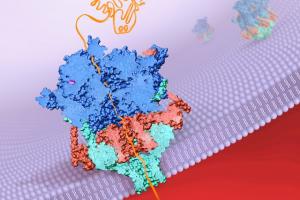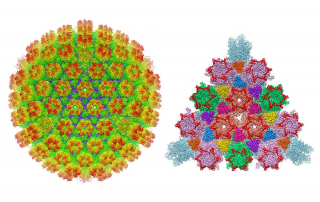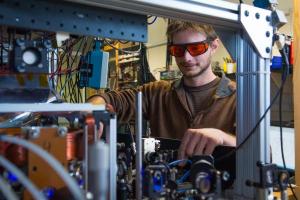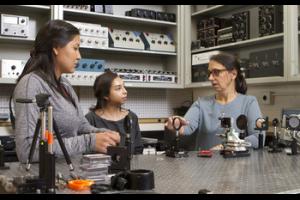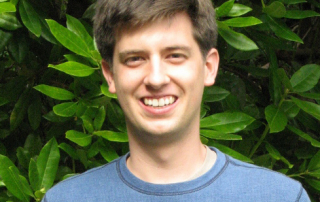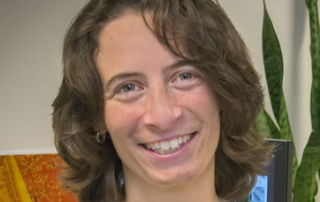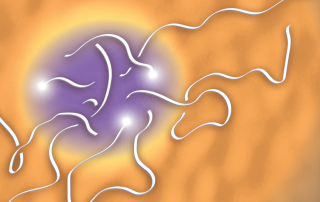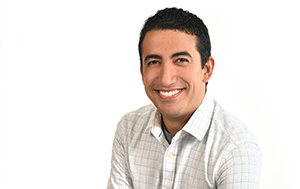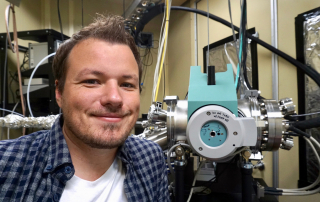UCLA-led study reveals the mechanism that helps malaria parasites take over human red blood cells
Researchers from UCLA and Washington University in St. Louis have discovered the previously unknown mechanism of how proteins from Plasmodium parasites — which cause malaria — are exported into human red blood cells, a process that is vital for parasites to survive in humans. The finding could pave the way for new treatments for malaria.
